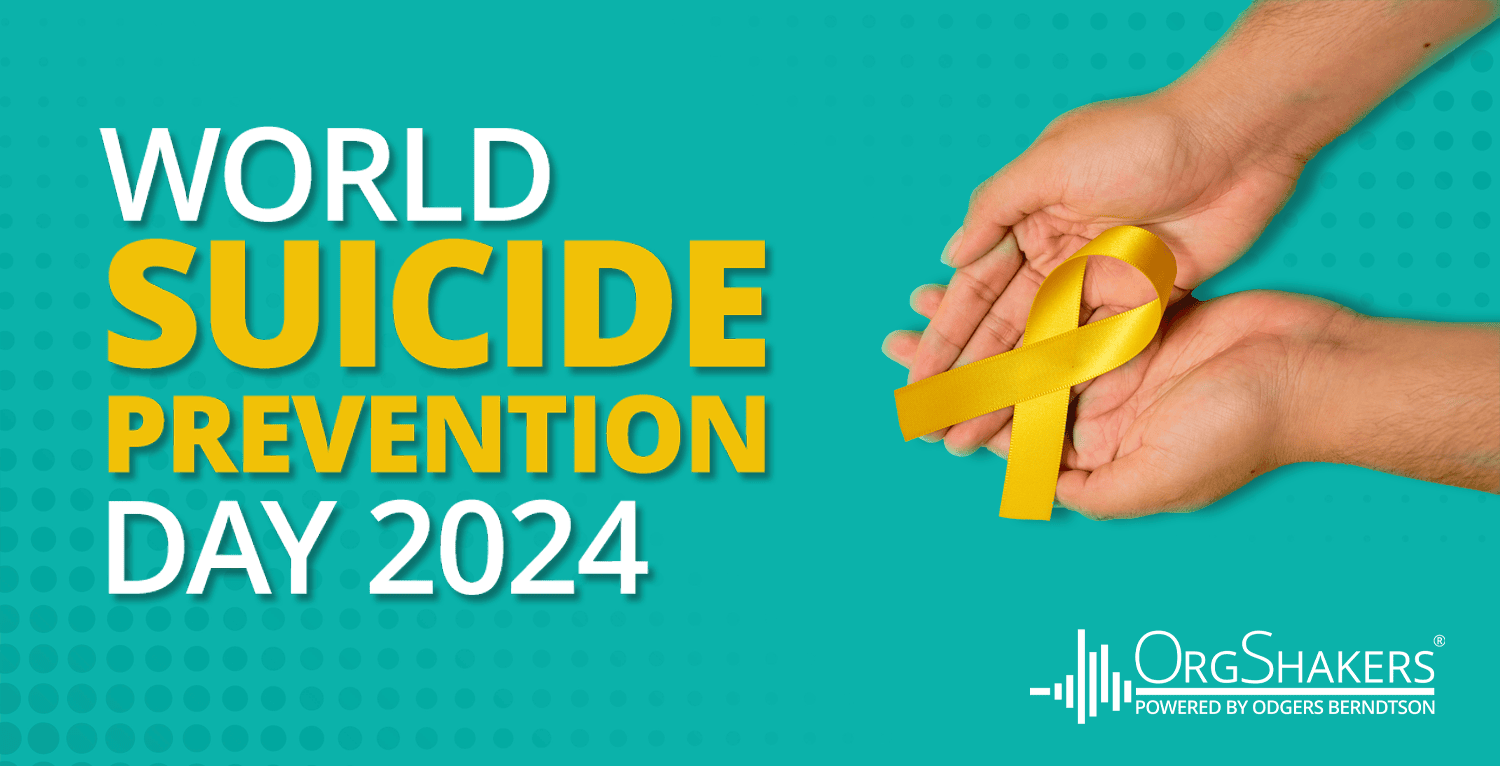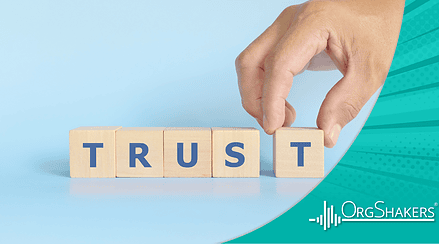Menu

Suicide: What every employer needs to know
The World Health Organization estimates that in a company of 1,000 employees, 200-300 workers will suffer from a serious mental health problem in any given year, one worker will die by suicide every ten years, and for every employee who dies by suicide, another 10-20 will make a suicide attempt.
When we look more closely at the US, it can be seen that of the high-income countries monitored annually by the Commonwealth Fund, the US has the highest suicide rate – with workplace suicides having risen by 39% since the turn of the millennium. And the UK is not far behind when it comes to cause for concern, as it is estimated that 10% of suicides each year could be work related.
In the tragic event that an employee does commit suicide, the employer has a vital role in supporting workers in the aftermath of this tragedy – a role which must be handled with a sense of care and compassion in order to properly manage the aftereffects of such a delicate situation. These are some of the things employers need to do:
- Acknowledge the Incident – it’s important for employers to speak about what has happened and provide employees with the space to process it. The loss should be acknowledged without speculation or blame, and condolences should be offered to the family, colleagues, and friends, as well as a clear assurance that the company is there to offer support to those affected.
- Supporting and Signposting – in the immediate aftermath of the incident, it’s imperative that employers are making employees aware of the support that’s on offer internally (usually through an Employee Assistance Program) as well as offering to signpost grief counselling services to those who need it. Peer support should also be encouraged during this time, as the team will be feeling a mix of emotions, some more intensely than others, and having the support of your peers to lean on is vital.
- Allow Time for Grieving – some employees will be more affected than others by the loss of an employee through suicide, either due to how close they were with the deceased or if suicide is a particularly triggering topic for them based on past trauma. It can be a good idea for employers to provide a certain level of flexible leave for those who need time to process. In addition, employers can designate a safe, quiet space in the workplace where employees can go if they need a moment away from their work environment.
- Memorials and/or Tributes – if it’s appropriate and in line with the wishes of the family, it can be good to consider organizing a memorial service or providing a space for employees to share memories and support each other. Employers can also consider allowing employees to express their grief through tributes such as a memory board, a charitable donation, or planting a tree in memory of the employee.
- Ongoing Mental Health Monitoring – managers need to be regularly checking in with their teams to see how they are coping and reminding them of support available. It’s equally as important that managers are also given ongoing support and training so that they can handle these delicate situations to the best of their abilities.
In the aftermath of an employee suicide many employers will likely want to review and improve their workplace practices around suicide prevention – especially if the suicide was in any way work-related.
This will involve re-evaluating the workplace culture by reviewing policies and practices to ensure they support employee wellbeing and mental health, as well as reaffirming how important open and honest communication is and that all employees can always make time to talk privately to their leaders and direct reports.
It can be a good idea to conduct an incident review to get a better understanding of any work-related behaviors that might have been observed at work. HR should use these findings to prevent future tragedies by using the data to strengthen polices, procedures, and support systems.
Lastly, consider introducing mental health initiatives such as stress management programs and anti-bullying policies, as well as reviewing your current EAP provider to ensure they are offering a wide range of support for diverse issues.
If you would like to discuss this in more detail, please get in touch with me at karen.cerrato@orgshakers.com



